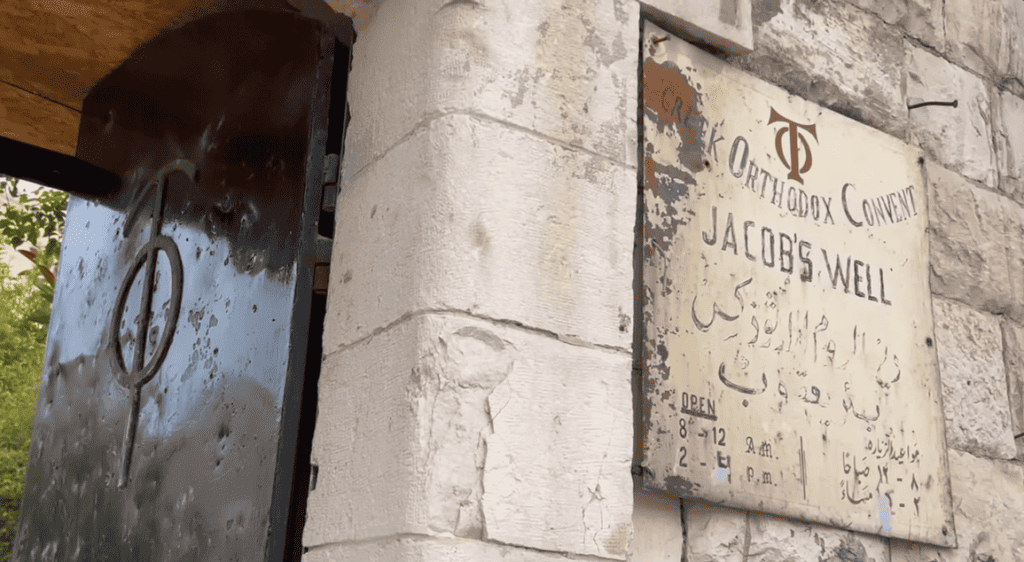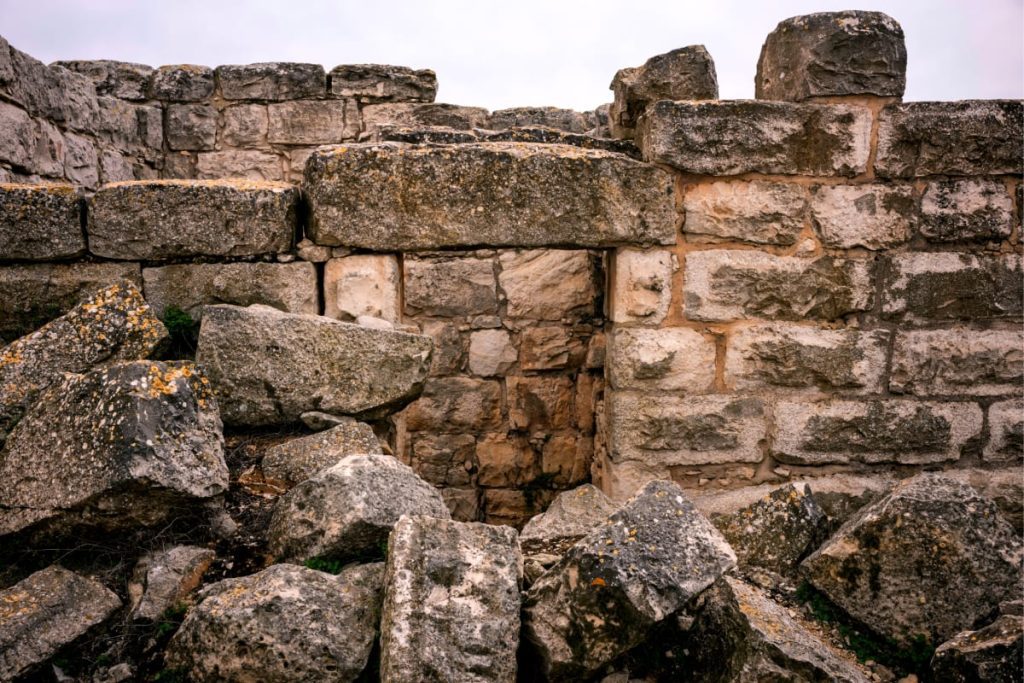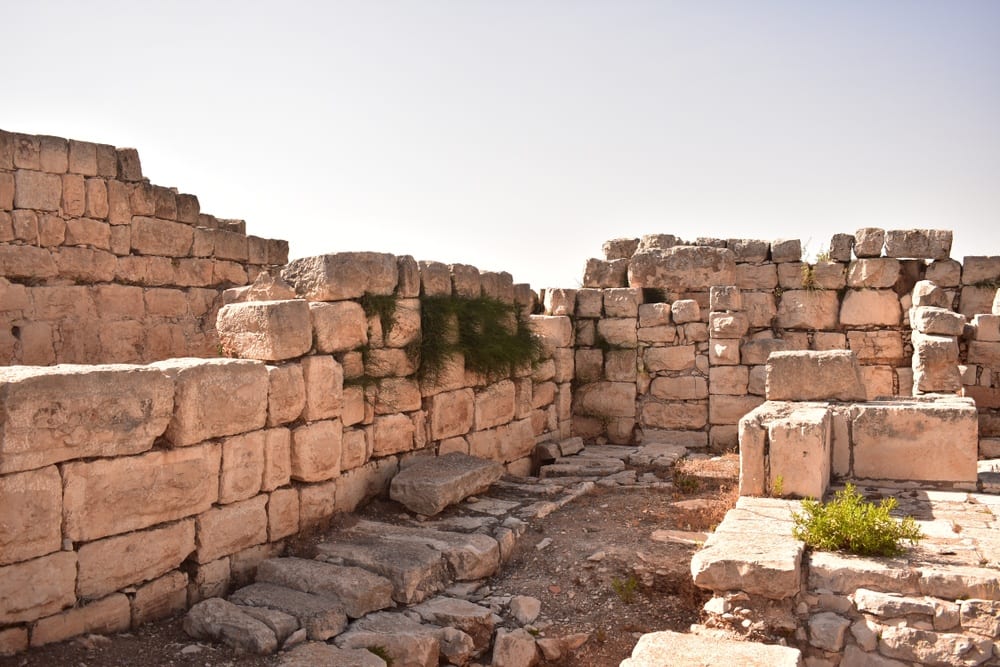Perched atop the timeless Mount Gerizim, the Church of Mary Theotokos once graced the landscape as a grand octagonal edifice, emerging in the late fifth century. This sacred sanctuary, nestled on the very summit of Mount Gerizim, held profound significance for the Christian community—an embodiment of their faith and devotion. Its construction was orchestrated during the reign of Emperor Zeno, an era that left an indelible mark on history and spirituality.
More About The Church of Mary Theotokos
Situated within the heart of the West Bank, near Nablus, the Church of Mary Theotokos resonates with the echoes of history, intertwining the stories of God’s people with the events etched in the Holy Scriptures. The locale carries immense weight, serving as the backdrop to countless narratives that have shaped the spiritual tapestry of humanity. And atop Mount Gerizim, the church found its abode—the mountain that held sacred significance for the Samaritans, a community linked by profound beliefs and traditions.
Joshua's Altar

The annals of the Church of Mary Theotokos’ inception come alive through the writings of Procopius of Caesarea, who unveiled the church’s origins amidst a Samaritan uprising. Emperor Zeno’s decree to erect the church upon their revered mountain, dedicated to Mary the Theotokos, sparked tumultuous sentiments.
Jacob's Well

The Walls Preserved the Church
These turbulent emotions paved the way for the Church of Mary Theotokos to be birthed within the protective embrace of fortified walls. A monumental undertaking, construction commenced in the year 484, marking the inception of a testament to faith and dedication. Regrettably, the church met its untimely demise during the tumultuous Arabian invasions of the mid-seventh century.
Mount Gerizim Day Tour

As we traverse the annals of history, the distinctive form of the church emerges—an octagon, a hallmark of commemorative churches of that era. Its dimensions, approximately 37 by 30 meters, epitomize architectural precision.
An ingenious design of two concentric sets of walls forms an internal sanctum housing four chapels—two nestled closest to the apse. In contrast, the remaining Western chapels embraced their significance. The heart of the church, nestled within the inner wall, flourished as the central hall, culminating in an apse that beckoned devotion. Flanking the apse, two square rooms further enriched the architectural symphony.
Mount Gerizim National Park

But the Church of Mary Theotokos was not an isolated entity; it existed within a rectangular embrace, measuring around 70 by 55 meters. Furthermore, this enclosure stood fortified, safeguarded by walls punctuated with sturdy square towers at every corner. Moreover, adjacent to the northern expanse of the church’s enclosure, a structure emerged—an essential gatehouse that bridged the mundane and the sacred.
The Samaritans
Conclusions
Lastly, the Church of Mary Theotokos on Mount Gerizim is a testament to the ceaseless interplay of faith, heritage, and architectural grandeur. A journey into its history unveils a vivid tableau of devotion, cultural significance, and the intricate tapestry that links spirituality with the landscape of the West Bank. So as the church finds its place within the echelons of time, it encapsulates the essence of human endeavor—to create, commemorate, and connect across the boundaries of faith and tradition.

